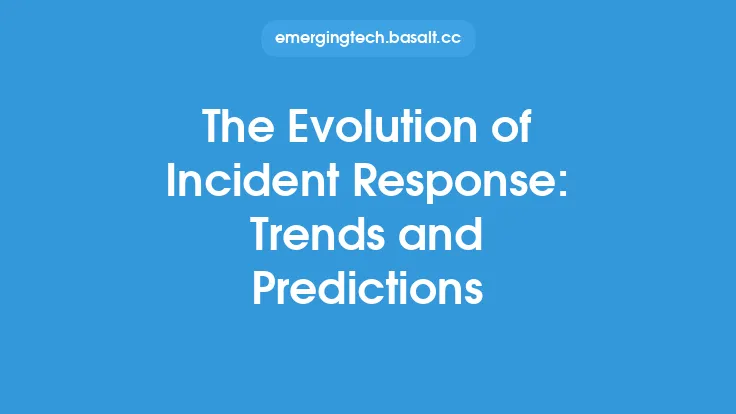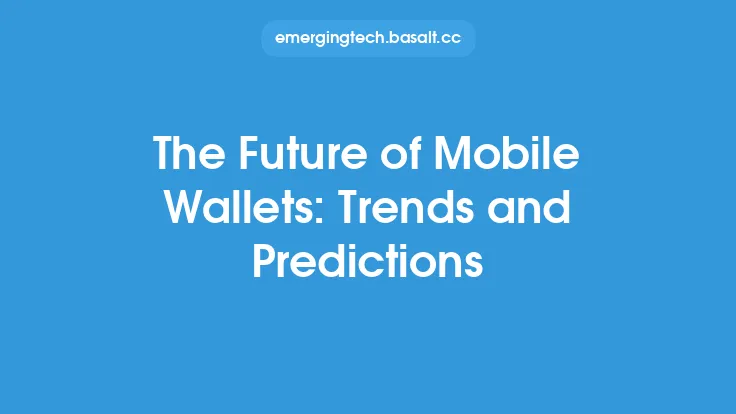The advent of digital banking has revolutionized the way people manage their finances, access banking services, and interact with financial institutions. Over the years, digital banking has undergone significant transformations, driven by advances in technology, changing consumer behaviors, and evolving regulatory requirements. This evolution has been marked by the introduction of new trends, innovations, and technologies that have transformed the banking landscape.
Introduction to Digital Banking
Digital banking refers to the provision of banking services over the internet, mobile devices, or other digital channels. It enables customers to perform a range of financial transactions, such as account management, fund transfers, bill payments, and loan applications, remotely and securely. Digital banking has become an essential component of modern banking, offering convenience, flexibility, and cost savings to both customers and financial institutions.
History of Digital Banking
The history of digital banking dates back to the 1980s, when the first online banking systems were introduced. These early systems were basic, allowing customers to view their account balances and transaction history. The 1990s saw the emergence of internet banking, which enabled customers to perform transactions online. The introduction of mobile banking in the 2000s further expanded the reach of digital banking, allowing customers to access banking services on their mobile devices. Since then, digital banking has continued to evolve, with the introduction of new technologies, such as mobile wallets, blockchain, and artificial intelligence.
Key Components of Digital Banking
Digital banking comprises several key components, including online banking, mobile banking, digital payment systems, and digital lending platforms. Online banking enables customers to access banking services through a web browser, while mobile banking provides access to banking services through mobile devices. Digital payment systems, such as credit and debit cards, enable customers to make payments online and offline. Digital lending platforms, on the other hand, enable customers to apply for loans and credit facilities online.
Digital Banking Channels
Digital banking channels refer to the various platforms and devices through which customers can access banking services. These channels include internet banking, mobile banking, mobile wallets, automated teller machines (ATMs), and point-of-sale (POS) terminals. Internet banking enables customers to access banking services through a web browser, while mobile banking provides access to banking services through mobile devices. Mobile wallets, such as Apple Pay and Google Pay, enable customers to make payments using their mobile devices. ATMs and POS terminals, on the other hand, enable customers to perform transactions in person.
Digital Banking Technologies
Digital banking relies on a range of technologies, including cloud computing, big data analytics, and application programming interfaces (APIs). Cloud computing enables financial institutions to store and process large amounts of data securely and efficiently. Big data analytics enables financial institutions to analyze customer data and behavior, providing valuable insights that can inform business decisions. APIs, on the other hand, enable financial institutions to integrate their systems with those of other organizations, facilitating the exchange of data and services.
Benefits of Digital Banking
Digital banking offers several benefits to customers and financial institutions. For customers, digital banking provides convenience, flexibility, and cost savings. It enables customers to access banking services remotely, at any time, and from any location. Digital banking also provides customers with real-time access to their account information, enabling them to track their finances and make informed decisions. For financial institutions, digital banking provides a range of benefits, including reduced costs, increased efficiency, and improved customer engagement. Digital banking enables financial institutions to automate many of their processes, reducing the need for manual intervention and minimizing the risk of errors.
Challenges Facing Digital Banking
Despite its many benefits, digital banking faces several challenges, including security risks, regulatory requirements, and technological complexities. Security risks, such as cyber attacks and data breaches, pose a significant threat to digital banking, compromising customer data and undermining trust in the banking system. Regulatory requirements, such as anti-money laundering (AML) and know-your-customer (KYC) regulations, can be complex and time-consuming to implement, requiring significant investment in technology and personnel. Technological complexities, such as system integration and data migration, can also pose significant challenges, requiring significant investment in technology and expertise.
Future of Digital Banking
The future of digital banking is likely to be shaped by several trends and innovations, including the use of blockchain, artificial intelligence, and the Internet of Things (IoT). Blockchain, a distributed ledger technology, has the potential to transform the way financial institutions process transactions, enabling faster, cheaper, and more secure transactions. Artificial intelligence, on the other hand, has the potential to transform the way financial institutions interact with customers, enabling personalized and automated customer service. The IoT, a network of connected devices, has the potential to transform the way financial institutions provide services, enabling customers to access banking services through a range of devices and platforms.
Conclusion
In conclusion, digital banking has undergone significant transformations over the years, driven by advances in technology, changing consumer behaviors, and evolving regulatory requirements. It has become an essential component of modern banking, offering convenience, flexibility, and cost savings to both customers and financial institutions. As digital banking continues to evolve, it is likely to be shaped by several trends and innovations, including the use of blockchain, artificial intelligence, and the IoT. Despite the challenges it faces, digital banking has the potential to transform the banking landscape, enabling faster, cheaper, and more secure transactions, and improving customer engagement and experience.





